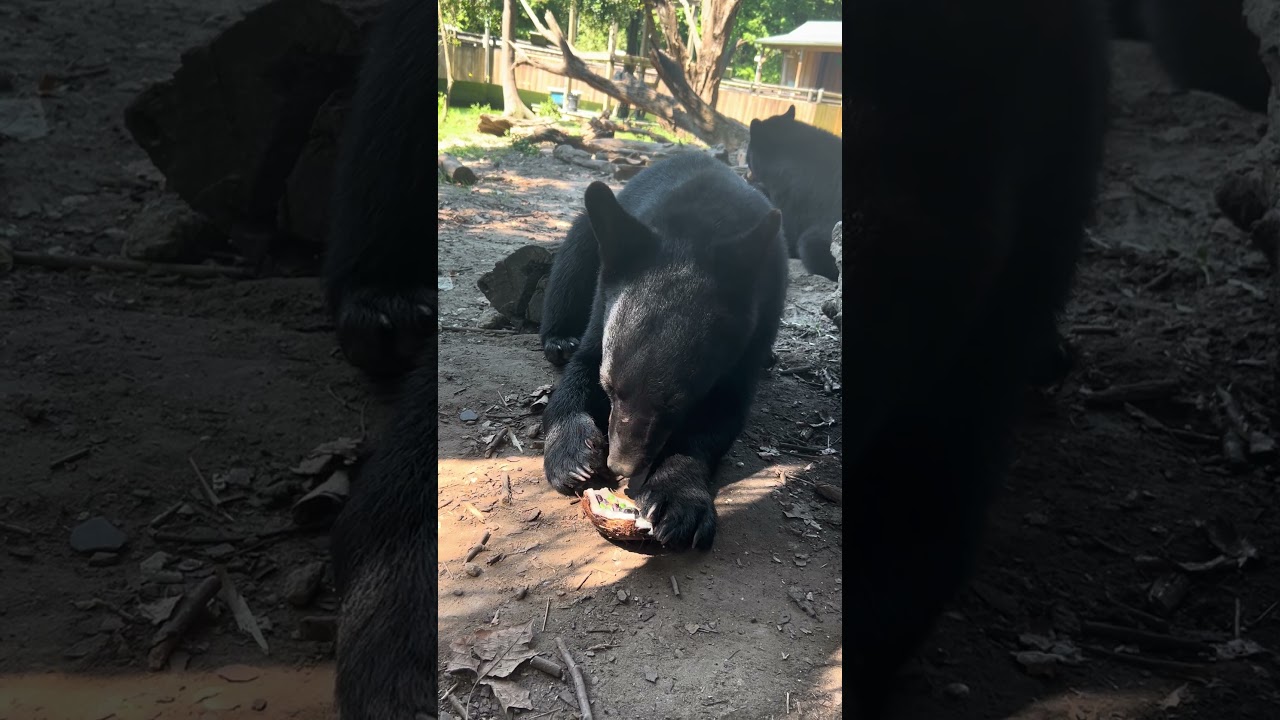- The dietary preferences of Sassafras and their nutritional significance.
- The role of enrichment in zoo animal welfare and its impact on behavior.
- Conservation efforts and educational outreach at Audubon Zoo.
- Understanding the importance of biodiversity and habitat preservation.
- The interconnectedness of zoos, wildlife conservation, and public engagement.
Sassafras, a resident at Audubon Zoo, displays a fondness for a frozen treat made of coconut, peas, corn, and berries. This treat, while appealing to Sassafras, also reveals significant insights into animal care and nutrition in modern zoological settings. Understanding dietary choices for zoo animals extends beyond mere preferences; it involves a careful balance of nutritional content to mimic natural diets. Each component of this treat serves a purpose. Coconut provides healthy fats and fiber, essential for energy and digestion. Peas and corn offer proteins and carbohydrates, while berries are rich in antioxidants. Together, they form a balanced meal that supports Sassafras’s overall well-being, demonstrating the thoughtful approach zookeepers apply to animal diets.
Enrichment is a key element in the management of animals like Sassafras. This practice is designed to stimulate natural behaviors and enhance mental and physical health. Zoos implement various enrichment activities such as puzzles, sensory objects, and novel food presentations to engage their inhabitants. Sassafras’s delight with her frozen treat is not just about taste; it’s an enrichment exercise that encourages exploration and brain activity. These activities are vital as they evoke natural behaviors, reducing stress and improving quality of life within captive environments.
Audubon Zoo, where Sassafras resides, is not only a sanctuary for animals but also a center for conservation and education. The zoo actively engages in research and breeding programs to support endangered species, contributing to global conservation efforts. Educational outreach at the zoo fosters a deeper understanding of wildlife and conservation among visitors, making them aware of the pressing need to protect diverse species and their habitats. By showcasing animals like Sassafras and sharing their stories, the zoo inspires action and fosters a connection between people and wildlife.
Biodiversity is essential for a healthy planet, and zoos play a pivotal role in conservation efforts by preserving various species. The maintenance of diverse ecosystems supports countless forms of life and the complex interactions among them. By conserving habitats and promoting biodiversity, zoos help mitigate the impacts of habitat destruction, climate change, and human development. This responsibility is crucial in maintaining ecological balance and ensuring future generations can share the planet with these fascinating creatures.
Zoos, such as Audubon Zoo, serve as a bridge between people and nature. They offer a unique opportunity for public engagement, highlighting the importance of wildlife conservation. Through interactive exhibits, conservation programs, and educational initiatives, zoos raise awareness about the challenges faced by wildlife. Engaging the public encourages support for conservation efforts, thereby creating a collective movement towards preserving the natural world. Sassafras’s enjoyment of her frozen treat is more than a simple pleasure; it’s part of a larger narrative that includes efforts to protect wildlife and educate society about the significance of every species in our global ecosystem.
*****
Source Description

